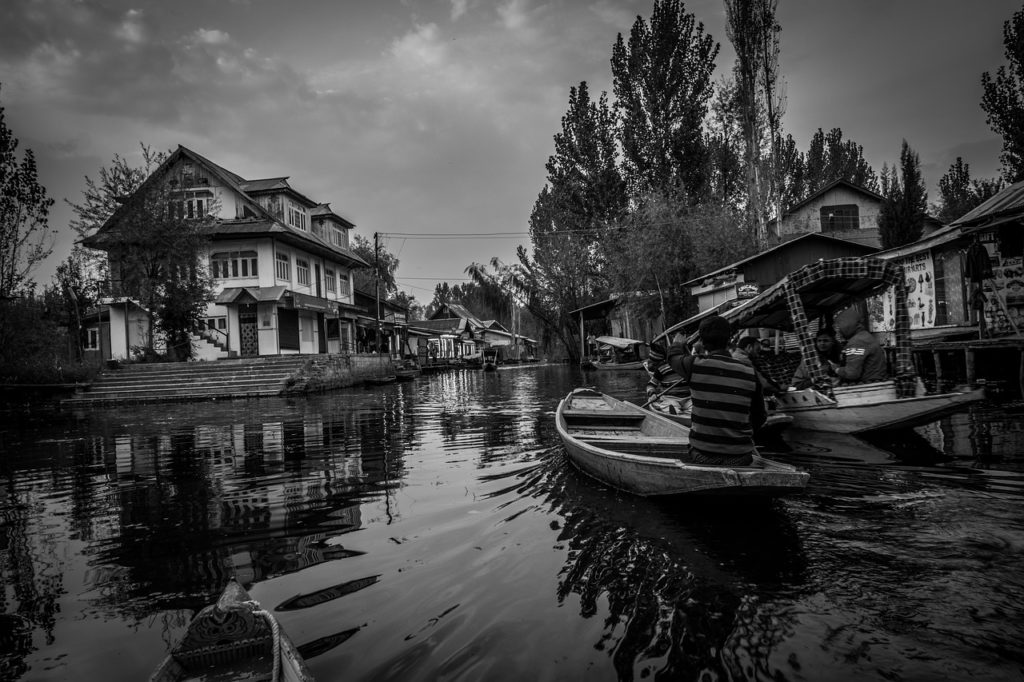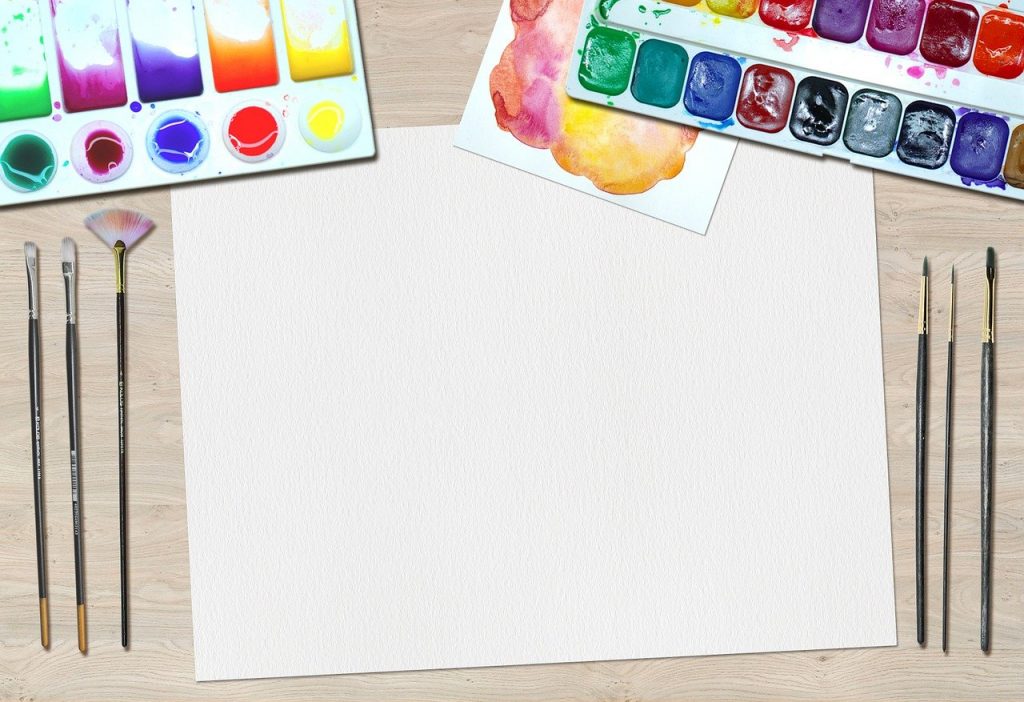The architecture seen in Kashmir bears Buddhist, Hindu, Turkish, and Islamic influences. Various stone structures and stupas built in Kashmir during the Buddhist era had a significant impact on the stone architecture in the region. Temples built in Kashmir between the fourth and eleventh centuries were also instrumental in shaping the stone architecture in the region. Structures built in timber and brick have Turkish influence, which can be seen in Kashmir’s mosques and shrines. The use of timber and stone in architecture was predominant during the Afghan and Mughal rules. Kashmir has borrowed Naqashi (lacquer that can be painted) and khatamband (woodwork where many wooden parts are fitted together), from the Middle East.
A confluence of different cultures can be witnessed in Kashmir, which is evident in the intermingling of different architectural styles in the region. This beautiful blend of various architectures is best exemplified by the mosques, temples, and gardens, whose designs are different from one another and unique in their own ways. Now let’s look at the different types of houses found in Kashmir.
Traditional Houses in Kashmir
Art runs in the veins of Kashmiris and their sense of design and architecture can be seen in the houses they build. The houses in Kashmir are built aesthetically and also in a way that suits the climate and topography of the region. Mostly, they are square or linear in shape and have windows on all sides. An important feature of the traditional Kashmiri house design is the Zoon Dub, which is an overhanging (cantilevered) balcony meant for viewing the moon. The houses are also marked by the presence of fret work called pinjarakari and wooden chimes’ pendants that are shaped like jhumkas.
The traditional Kashmiri Pandit homes were large and tall (almost 4-5 storeys high). Most houses in Srinagar had rooftops of birch-bark layered with clay and turf, over which lilies and tulips grew. Roofs using turf kept the houses cool in summers and warm during winters. False ceilings were built using walnut or deodar wood and had designs inspired from Persian art. The rich had houses with ceilings of painted papier mache panels.
The construction of traditional homes in Srinagar was such that they could withstand severe earthquakes. They used a combination of wooden frames and mud plaster due to which they were resistant to earthquakes. This was a form of vernacular construction known as Dhajji Diwari. The other form was Taq, in which brick piers were used with window embrasures and walls were plastered with fine clay over coarse clay and straw. Taq buildings used the Maharaja bricks, which were hand-made, dense and small.
Following the vernacular style, came the colonial style marked by half-timbered buildings, which had influences of the medieval European architecture.
However, today, constructions like these are rare. Galvanized sheeting and shingles have replaced the older roofings. Brick kilns for load bearing masonry bricks are used instead of the Maharaja bricks. Years of violence and turmoil have destroyed many of these old structures and with the advent of modern designs, the older architectural styles have faded away.
Modern Kashmiri Houses
Concrete and iron are used in the construction of modern-day houses in Kashmir. Non-native cement is used and the houses today are equipped with modern facilities. A hamam or underfloor heating is used in the Kashmiri house design. Hamams are chambers with a hollow base covered with limestone blocks. There’s a funnel used for the soot to go out, that extends along the height of the house. As Kashmir receives heavy snow and rainfall, the houses here commonly have sloping roofs.
Houseboats in Kashmir
The luxurious houseboats are a part of Kashmir’s identity. There are different stories about how these floating houses came into being, but it is commonly believed that the Europeans came up with this concept, as it was illegal for them to buy property in Kashmir. The age-old tradition of houseboats has continued into modern times. Today’s houseboats have many rooms and modern amenities. Wood carvings feature on the furnishings in the houseboats and Kashmiri handicrafts are used to decorate the interiors of the boat.
Wooden Huts
Some Kashmiris stay in forest preserves and prefer to use timber and wood in the construction of their houses. At higher altitudes, some people still live in houses built using wood and clay, and having metal sheet roofs. Clefts are created using wooden logs, tin sheet roofing is fixed to the walls using iron nails and then, the chambers, windows and doors are added.
Thus, we can see that the different types of houses found in Kashmir reflect its diverse culture and Kashmiris have embraced modern technology while also preserving their rich heritage of art.



